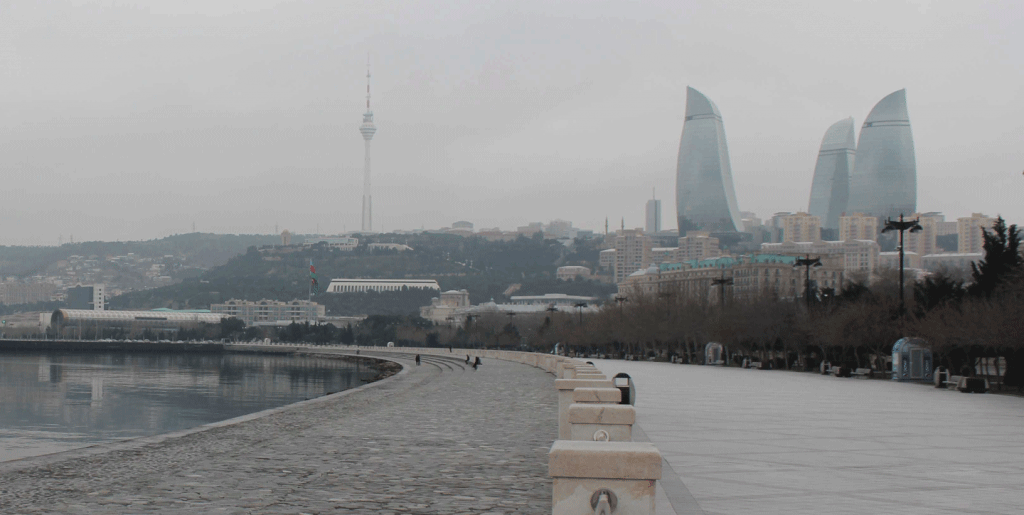
BAKU
Baku Boulevard
The history of the much loved boulevard of Baku began with the decision taken in 1909. The idea of the boulevard belonged to city engineer Duma Mammad Hajınski who had a clear vision for it. He could see the coast line being, not only a pleasurable place to walk, in the hot summers but also a place to showcase Azerbaijan’s treasures. Some of the most noteworthy parts of the boulevard are rare plants and trees that have been brought in from different regions of Azerbaijan.
During 1950-60’s more delights were added to the seaside. These included, “Mirvari” and “Bahar” cafes, and the summer cinema named after Samad Vurgun. Over time the “Venice” water town and other projects were constructed.
Presently, the length of the park is 3 kilometers 750 meters. However, the width varies and of the some places from coast to Neftchciler ave. are 350m and some is 500m. The National Park begins from “Azneft” square and the Palace of Hand Games and ends near the Sea port.
The Caspian Sea
The Caspian Sea, which lies adjacent to the Baku Boulevard, is technically not a sea. As a matter of fact, it is in fact the largest non-flow lake on Earth. However, as it is the bottom layer of the oceanic type of lake, it is called a sea. Furthermore, it is located at the crossroads of Europe and Asia.
Generally, the water level is variable, and now it is approximately 28 meters below sea level. The area of Caspian Sea is 380 thousand km ². The total length of coastline (perimeter) is 6380 km. The longer area’s length is 1205 km and a width of 554 km, the deepest place in the 1025 meters.
The main difference between the Caspian and the world’s major water basins is the absence of any direct connection with the World Ocean. Incidentally, in ancient maps the Caspian Sea was known as Gilan Sea.

